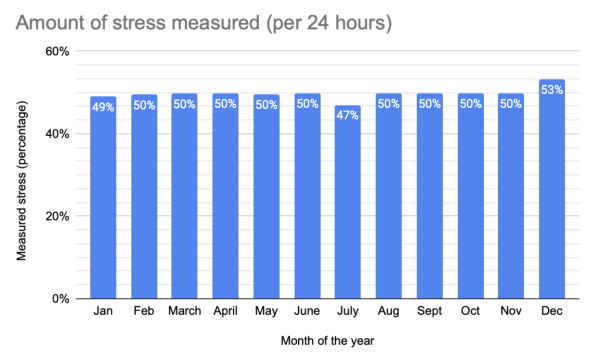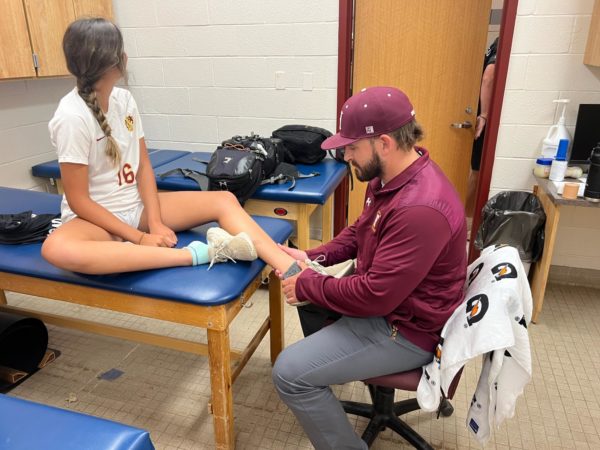The Dip
November 5, 2015
Just looking at the notorious dip can intimidate people whether they have run it before or not. If you haven’t experienced doing dips, it is something most people don’t enjoy, or look forward to doing.
“The dip is really hard to run, and it’s hard to adjust to how fast I want to run up and down,” said Cross Country runner Eva Burr (’19).
The dip has been an athletic tradition since day one. It’s been the site of the Maryland Cross Country State Championship for 40 years.
“I like everything about the dip; it’s what makes the cross country course,” said Athletic Director Mike Kalisz.
Opinions regarding the dip vary between coaches and players.
“If our athletes can endure the dip they can endure anything their opponent throws at them,” said Coach Brett Baier.
I think the dip has its ups and downs; it’s what makes the cross country course go to the next level. When parking cars for the Bull Run, I remember all the parents and busses coming in to see their kid(s) run the hardest course in the eastern hemisphere, and it is the dip that gives us that reputation. However, I think when used for conditioning, it can cause injury.
Since the dip can affect someone’s body, mostly in the legs and knees, coaches should think about the effects of running the dip.
“It messes up my knees and makes my legs and ankles sore for days,” said varsity soccer player Connor Hillary (’17).
A handful of teams only do dips as a punishment. I agree and think doing the dip should only be used as a punishment not as a conditioning hill.
Doing activities with friends and teammates can push athletes harder, and motivate them to pick up the pace. “I like the dip because it creates a good team bond,” said varsity soccer player Kara Schmidt (’18).




























